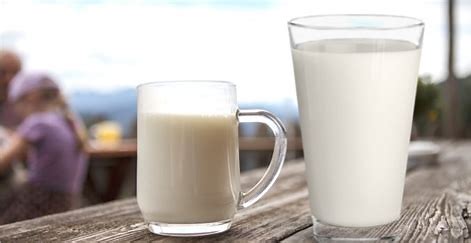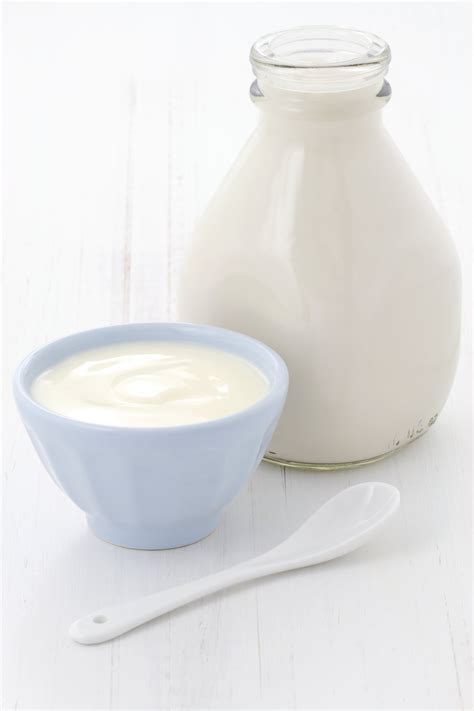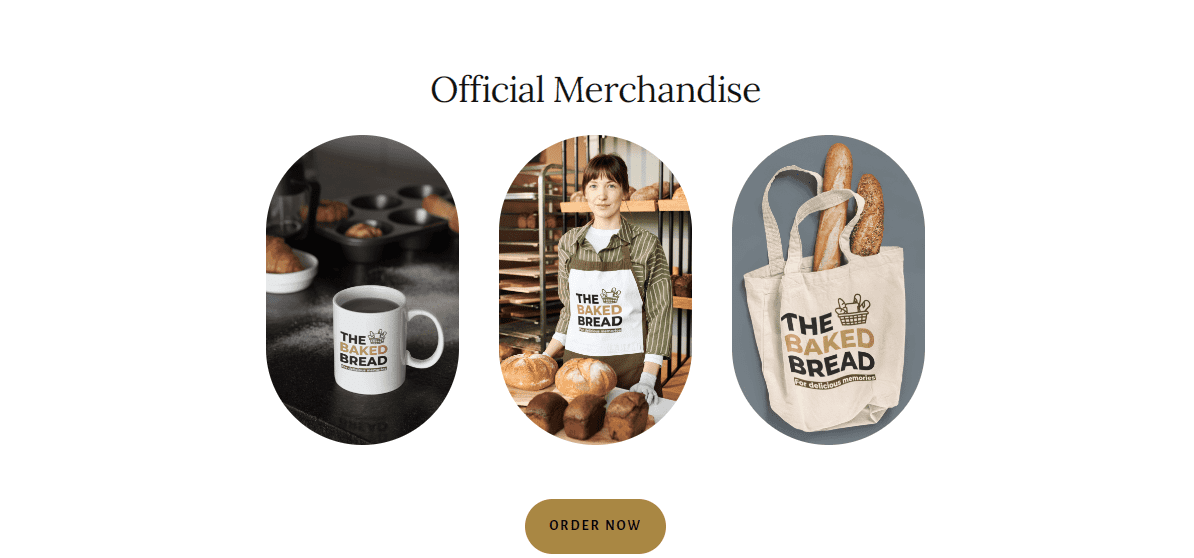Are you wondering whether to use buttermilk ormilk in your baking? If so, then you’ve come to the right place.
Baking is an art form and a science combined. Knowing which ingredients to use for certain recipes can be critical to achieving a successful result. Buttermilk and milk are two dairy products that are often used in baking, however, their roles may differ from one recipe to another.
Buttermilk and milk each offer distinct flavor profiles, texture, nutritional content and performance when cooked. In this article, we will compare and contrast the two ingredients in baking, understanding the difference between them and how best to use them depending on the recipe requirements.
Buttermilk vs Milk in Cake

When it comes to baking a cake from scratch, it’s important to follow the directions exactly as they’re printed. This includes using the right ingredients, such as milk or buttermilk. Many people think these two ingredients are interchangeable, but that’s not always the case.
Buttermilk is higher in acidity than regular milk and gives cakes a slightly tangy flavor and moist texture. It also helps activate baking soda to make the cake fluffier. Milk can be used instead, but the cake will have a slightly different texture. Buttermilk can also be used in place of milk, resulting in a denser cake with a slight tangy flavor.
Should I Use Buttermilk or Milk in My Cake?
When it comes to baking a cake, using the right ingredients is essential for achieving the desired results. In this case, if you are wondering whether to use buttermilk or milk in your cake recipe, it is best to stick with what the recipe calls for. Not using the correct ingredient can affect the texture and color of your cake. People with sensitive taste buds can also tell the difference between a cake made with buttermilk and one made with milk.
Using different ingredients can have a big impact in the outcome of baking, such as with buttermilk and milk when baking cakes. Substituting will result in differences in appearance and taste, as the buttermilk cake will be fluffier with a tangy flavor.
What Happens if You Use Milk Instead of Buttermilk?
Using milk instead of buttermilk in a cake recipe can have a significant impact on the end result. The most noticeable difference is in the taste, color, and texture of the cake. This is because buttermilk has higher acid levels than whole milk, which helps to tenderize the cake and give it a more moist texture. Additionally, buttermilk contains more fat than whole milk, which also contributes to the overall flavor and texture of the cake.
When using milk instead of buttermilk in a cake recipe, the results won’t be the same. The cake will be less moist, lack flavor, and may not rise as much. For optimal results, it’s best to use buttermilk rather than whole milk.
Dairy-based substitutes for buttermilk

1. Milk and vinegar
Adding vinegar to milk is a great way to make a buttermilk substitute. This method is simple and can be done with any kind of vinegar, such as apple cider or distilled white vinegar. The latter has a more neutral flavor, so it’s best to use if your recipe calls for a certain type of buttermilk.
To make the substitute, you’ll need 1 tablespoon (15 mL) of vinegar and 1 cup (240 mL) of milk. If you measure the milk separately, you’ll need a scant — or not quite full — cup (around 220 mL). Once you have these ingredients, simply add the vinegar to a liquid measuring cup and then add the milk until it reaches the 1-cup line (240 mL). Stir everything together and your buttermilk substitute is ready!
2. Lactose-free milk and acid
Lactose-free milk is a great alternative for those who are lactose intolerant. Buttermilk can also be consumed by those with mild intolerance, and a buttermilk substitute can be made from adding lemon juice or vinegar to lactose free milk.
All you need to do is add 1 tablespoon (15 mL) of lemon juice or vinegar to a liquid measuring cup and then fill it up to the 1-cup line (240 mL) with lactose-free milk and stir. This will create a buttermilk substitute that tastes slightly sweet due to the lack of lactose in the milk.
Overall, lactose-free milk provides an easy solution for people who are unable to consume regular dairy products due to their intolerance. It can be used as an ingredient in many recipes or simply enjoyed on its own as part of a healthy diet. Additionally, it can be used as part of a homemade buttermilk substitute which allows those with even severe intolerances to enjoy
3. Milk and cream of tartar
Cream of tartar is a fine white powder that is a byproduct of making wine and has a neutral flavor. It can be used as an acidic substitute for buttermilk when combined with milk. To make the substitute, use 1 3/4 teaspoons (5 grams) of cream of tartar per 1 cup (240 mL) of milk.
When stirred directly into the milk, it tends to clump, so it’s best to mix the cream of tartar with other dry ingredients in your recipe first, or whisk it with 2 tablespoons (30 mL) of milk before adding it to the rest.
Cream of tartar is an excellent alternative to buttermilk because it has no strong flavor and can easily be incorporated into recipes without affecting the taste. It also adds a slight tanginess which helps enhance flavors in baked goods and other dishes. Additionally, cream of tartar is more shelf-stable than buttermilk and can last for several months if stored properly in an airtight container away from heat and light sources.



Leave a Reply